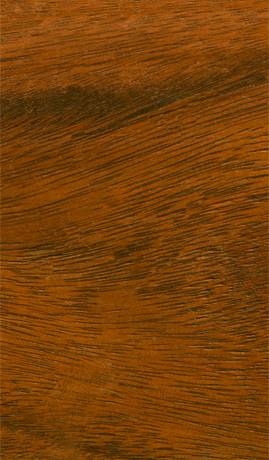Finding comfortable eyewear that feels great and stays in place can be a challenge. Sometimes, however, the solution is as easy as trying on a different style of frame.
“low bridge fit” frames are designed to accommodate specific facial features for a more secure and comfortable feel. While the name refers to features common among people of Asian descent, this style of glasses can be a great option for anyone, from any background, who finds that standard frames don’t quite work for them.
The Purpose of Low-Bridge Fit Glasses
You may have heard the term “low bridge fit” when shopping for eyewear. These terms describe frames designed for certain combinations of facial features. These glasses are for anyone who needs a different kind of fit than what standard frames offer.
Who Can Benefit from This Style?
This style of glasses typically provides a better fit if you have certain facial features. You might consider this fit if you have:
- A low nose bridge, where the top of your nose sits level with or below your pupils
- Higher cheekbones
- A wider or rounder face shape
Common Fit Problems Solved
If you have the features above, you might notice that standard glasses don’t sit correctly. Low bridge frames help solve such frustrations by preventing your frames from constantly slipping down your nose, resting on your cheeks, or feeling too tight at the temples.
How to Know If You Need Low-Bridge Fit Glasses
It’s not always obvious what type of frame is right for you. A few simple checks can help you figure out if a low bridge fit would be more comfortable. You can get a good idea with a quick look in the mirror.
A Simple Check for a Low Nose Bridge
Look at yourself in a mirror and place a finger horizontally across the bridge of your nose. If your finger is level with or below your pupils, you likely have a low nose bridge. Frames designed for this feature will probably fit you better.
Signs Your Current Glasses Don’t Fit
Your current glasses might give you clues that a different fit is needed. Pay attention to these signs:
- The frames slide down your face
- The lenses touch your cheeks, especially when you smile
- The frames feel tight or leave marks on your temples
- The lenses seem to sit too high or too low, suggesting it may be time for an eye exam to evaluate your fit
Low-Bridge Fit vs. Standard Fit Frames
The main difference between low-bridge fit and standard fit glasses is in the small details of their construction. These adjustments make a significant difference in comfort and function. Understanding these distinctions can help you identify what you need.
Key Features of Low-Bridge Fit Eyewear
These frames are built to stay in place and provide space where you need it. Key features often include:
- A narrower nose bridge or larger nose pads to prevent slipping
- A slight tilt to the frames to keep them from resting on your cheekbones
- Wider frame fronts and temples that curve to give more room
Our virtual styling boutique is a helpful place to explore frames with these features from the comfort of your home.
Characteristics of Standard Fit Eyewear
Standard frames are designed for faces with different proportions. They usually have:
- A wider nose bridge meant to sit on a higher nose
- Smaller, less prominent nose pads
- Straighter temple arms

The Advantages of a Proper Fit
When your glasses fit well, you notice it right away. The right frame does more than just help you see—it also provides comfort for all-day wear. This allows you to focus on your day, not on your eyewear.
Improved Comfort & Stability
The primary benefit of well-fitting glasses is comfort. Your frames should sit securely on your nose without constant adjustments. When your glasses don’t pinch your temples or rest on your cheeks, you can wear them for hours without irritation.
Clearer & More Consistent Vision
A frame that stays in the correct position also keeps your lenses aligned with your eyes. This means your prescription works as intended. You get the clear vision you need without the distortion that comes from looking through the wrong part of the lens. This stability is particularly helpful in preventing or reducing symptoms of digital eye strain, which can be aggravated by ill-fitting frames.
How to Choose the Right Frames
Once you know that a low bridge fit might be right for you, the next step is to find a great pair. There are a few things to keep in mind as you browse for new eyewear. A little preparation can make the selection process much smoother.
Measure for a Good Start
You can use a ruler to take a few simple measurements at home—like your face width and temple length—to get an idea of what size you need. For the nose bridge, look for frames with a bridge width that starts around 8 millimetres. This gives you a helpful reference point.
Consult a Professional for a Precise Fit
While home measurements are a useful guide, a professional fitting is always a good idea. We can take precise measurements to help you find frames that match your face shape and prescription needs. This helps you find frames that are both comfortable and functional.
What to Look for in a Frame
As you shop, pay attention to the frame details. Look for options with adjustable nose pads, which allow for a more personalized fit. You’ll also want to check the temple arms to see if they have a slight curve, which can help the frames sit securely behind your ears.
A well-fitting pair of glasses can make a world of difference in your daily life. At West 10th Eyes, we believe that your eyewear should not only support your vision but also provide lasting comfort. If you’re ready to find frames that feel right, book an appointment with our team today.






